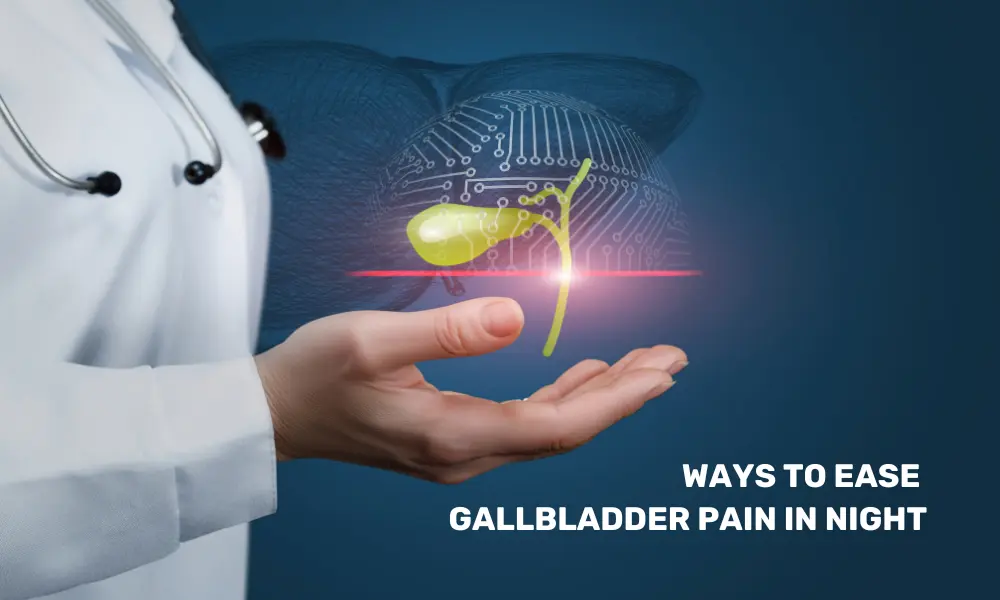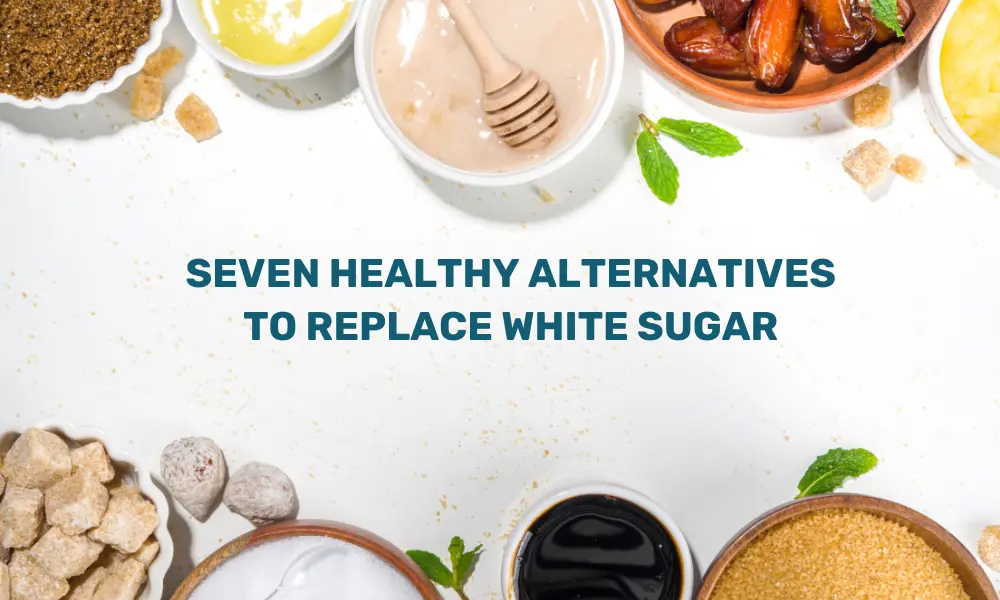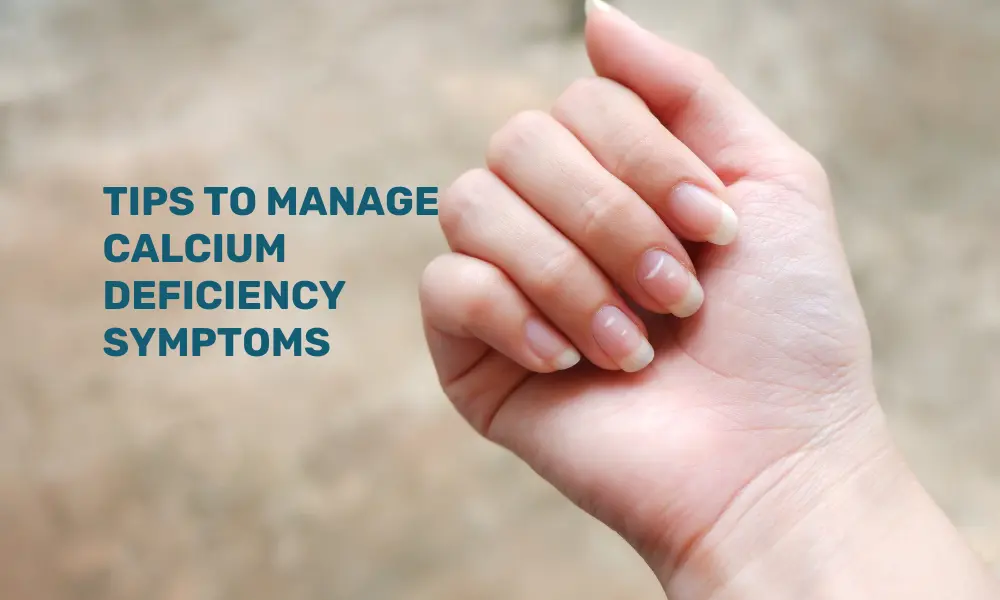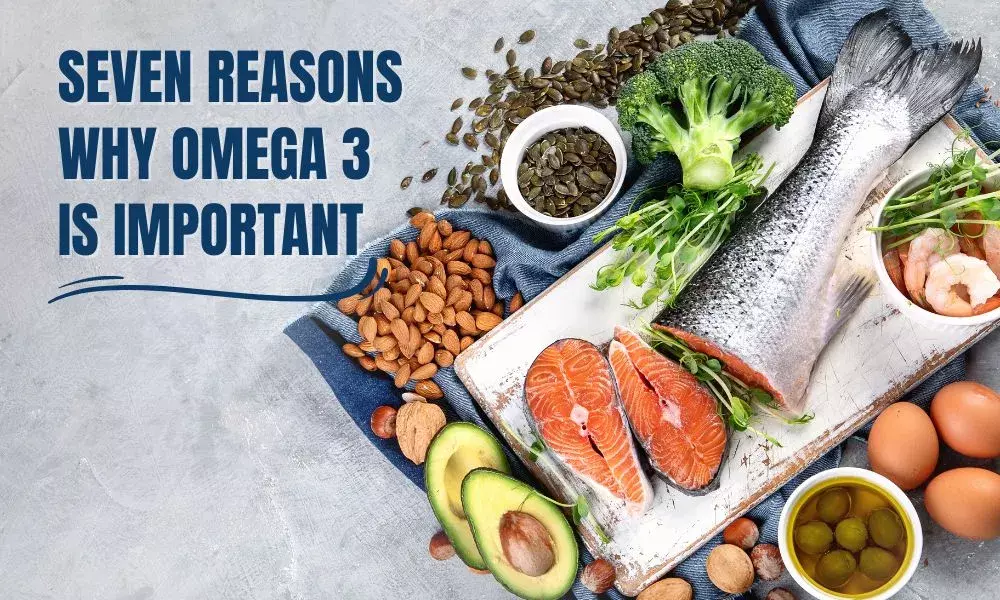A sharp pain in the right upper abdomen accompanied by nausea and vomiting can be a sign of gallbladder pain. This is typically caused by the formation of gallstones. The pain can also become severe if the gallstones slip into the bile duct, a condition known as Choledocholithiasis. Hence, it is critical to seek treatment for gallbladder pain at the earliest. In the meantime, several options may provide relief.
Gallbladder pain
Gallbladder pain, also referred to as biliary colic, is a sharp pain that occurs in the right upper abdomen or below the right shoulder blade. Gallbladder attacks can last for several hours. It is usually caused when the gallstones block the bile ducts, leading to inflammation or spasms.
It can be triggered by the consumption of fatty foods with symptoms ranging from mild to severe, resulting in nausea or vomiting. Other causes of gallbladder pain include infection of the bile ducts or gallbladder, a condition known as cholecystitis.
Symptoms of gallbladder pain
Individuals should be aware that the symptoms of gallbladder pain may include:
-
Sharp or cramping pain in the upper right abdomen,
-
The pain may radiate to the back or the right shoulder blade,
-
Usually, a sharp pain in the abdomen may appear after consuming fatty food, leading to nausea, vomiting, bloating, and even indigestion.
-
Bile duct obstruction may also be accompanied by fever, chills, and jaundice, characterized by the yellowing of the skin and eyes.
Ways to ease gallbladder pain
Often, pain due to gallbladder stones gets worse at night. While medication and surgery are the best treatments for gallbladder pain, here are some ways to reduce the pain.
1. Medication
Non-steroidal anti-inflammatory drugs (NSAIDs) can be taken to relieve mild gallbladder pain. However, it is highly recommended to consume such medicines only after consulting with doctors. Also, this might not be a long-term solution.
2. Warm compress
Applying a hot towel or heating pad on the upper right abdomen can be beneficial for reducing muscle spasms, muscle knotting, and pain. Heat therapies can provide pain relief and increase blood flow to the affected area. Applying a warm towel or a hot water bottle to the affected area for 15-20 minutes may provide relief. However, one must ensure that the towel or bottle is not too hot.
3. Supplements
Taking magnesium supplements offers numerous benefits. It usually helps the body by emptying the gallbladder and relieving pain. A study, published in the journal Atoms, also states that magnesium intake can reduce the risk of gallstones. However, it’s best to consult with doctors before using any supplements.
4. Diet changes
Gallbladder pain can be prevented by avoiding foods that are high in fat, greasy, and spicy. Eating foods with high dietary fibre, such as fruits, vegetables, and whole grains, helps improve digestion and reduces the burden on the gallbladder. Foods that are fried or contain fat can be difficult to break down. However, nutrient-rich foods can improve gallbladder function.
5. Physical activity
Regular exercise helps in weight management and lowers cholesterol levels, thereby decreasing the risk of gallstones and the associated pain. It is recommended that one engage in at least 150 minutes of physical activity per week. Further, yoga can help relieve gallbladder inflammation.
What can make gallbladder pain worse?
Your diet is the first thing to be careful of while dealing with gallbladder pain. Eating foods that contain a high percentage of fat can increase the chances of pain as well as other complications. The fat in the food leads the gallbladder to contract and empty the bile. This can be painful if you have gallstones. Gallbladder stones can even cause biliary colic. This is a condition in which a gallstone blocks the liver duct. This can lead to extreme pain.
Treatment for gallbladder pain
Individuals with gallbladder stones do not require treatment. Only symptomatic gallbladder stones like those causing pain, jaundice, infection, or pancreatitis (Swelling in the pancreas) require treatment. The cornerstone of the treatment of gallbladder pain due to gallbladder stones is surgery.
Temporary pain relief can be achieved by various pain-relieving medications, but the definitive treatment involves surgery. The surgical process to treat gallbladder pain is referred to as cholecystectomy (removal of the gallbladder) and is usually performed laparoscopically. In case the stone in the gall bladder blocks the bile duct, causing jaundice, then an endoscopic procedure called Endoscopic Retrograde Cholangio-Pancreatography (ERCP) will also be required in addition to the removal of the gall bladder.
Taking simple measures, such as applying a hot water pack, following a low-fat diet, and staying active, can help alleviate the pain. However, these are not long-term solutions, and obtaining a formal diagnosis from a doctor is crucial.
Disclaimer: This article is meant for informational purposes only and must not be considered a substitute for professional advice.





